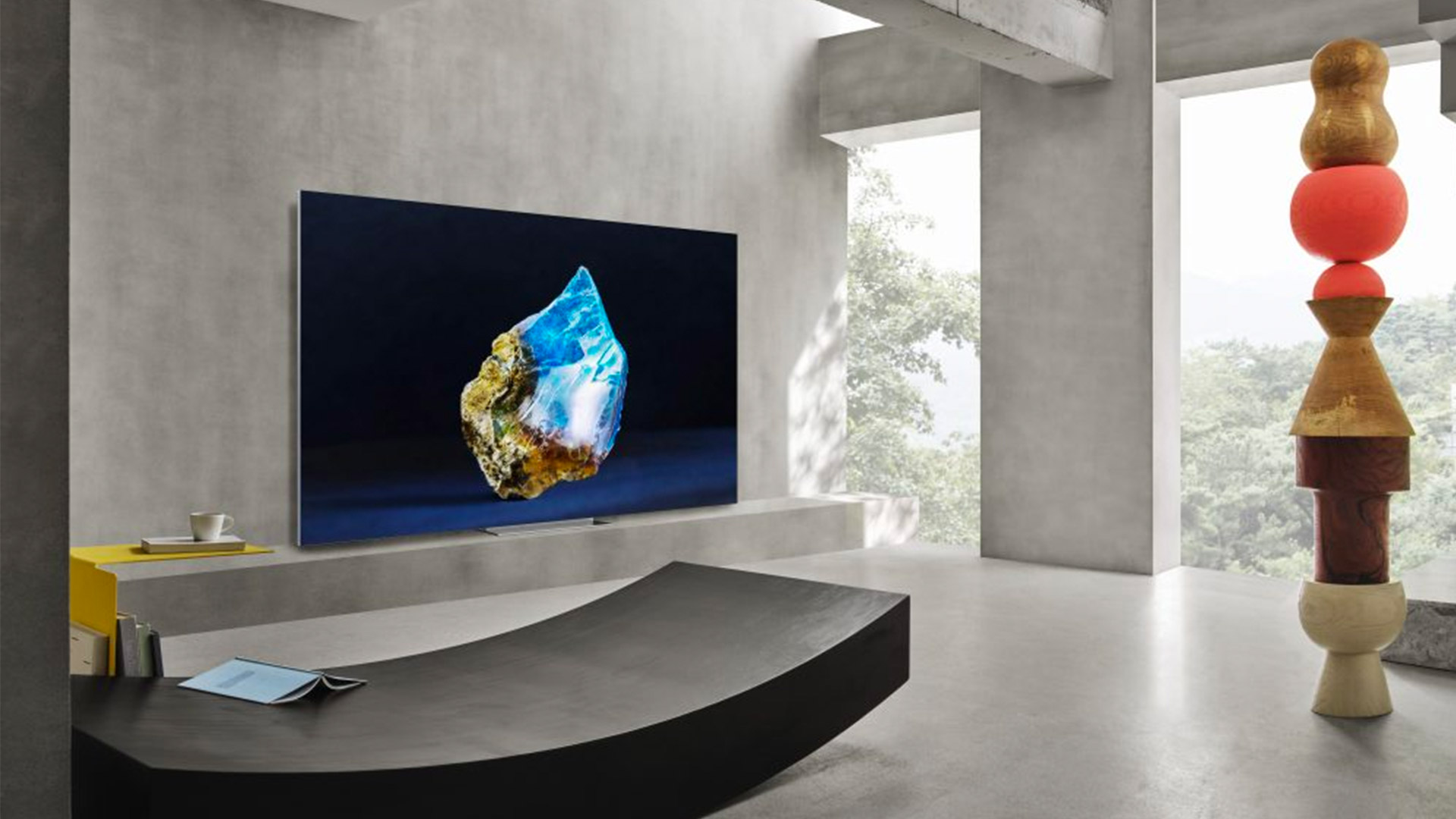
As micro-LED TVs from the likes of Samsung (pictured) and LG have demonstrated, the technology is ideal for making really big TVs with really big price tags: LG's 118-inch Magnit micro-LED TV, which is more affordable than its previous 136-inch model, is priced at $237,000 (around £190,000 / AU$370,000), while Samsung's 89-inch model is around $100,000. And now, according to FlatpanelsHD, TCL is joining the micro-LED party with an even bigger 163-inch set.
The TV, called the TCL X11H Max, is comparatively cheap, especially when compared to LG's 136-inch micro-LED TV system with B&O speakers, but still ruinously expensive. It's on sale for 800,000 yuan, which is roughly $110,000 (around £85,700 / AU$165,600). That means it's still very much a TV for the super-rich. It's also likely to be limited to the Chinese super-rich for the foreseeable future: TCL doesn't appear to be bringing this one to the US or Europe.
Why micro-LED could be the future of TV – eventually
The new 163-inch TCL TV is a micro-LED TV, which is a different technology to the mini-LED tech that's in many of the best TVs you can currently buy without remortgaging your home.
As the name suggests, mini-LED displays are made up of LEDs that are much smaller than the ones in normal LED displays. That means you can pack more of them into the same space, which gives you much more nuanced control over local dimming. The result is better contrast and a lot less unwanted light. The results come impressively close to OLED and often deliver much higher brightness.
Micro-LED takes things further. Not only do micro-LEDs make mini-LEDs look massive, but they're self-emissive like OLEDs – so there's no backlight. They're much brighter than OLEDs too, so they offer the best of both worlds: the high brightness of mini-LED and the high contrast of OLED.
The TCL TV has reportedly close to 25 million individual micro-LEDs in it, and claims to be capable of achieving peak brightness of 10,000 nits – that's the absolute top of the current HDR standard for brightness. TCL says the response rate is faster than even the best OLED TVs, which come in at about 0.03ms.
It's incredibly impressive, and of course it's incredibly expensive. As we've seen with previous display technologies, at first production is limited to only the very largest panels and yields are low, so each panel is extremely costly to manufacture. Over time that manufacturing becomes more efficient and enables ever smaller panels to be produced with much less wastage; together those improvements drive down prices.
We've seen this many times before. In 2013, LG's first US OLED TV, the 1080p 55EM9800, was $14,999, for example. Today, the brand's best OLED TV, the LG G3, is $1,899. It'll be a long time before micro-LED TVs reach the same price points – where OLEDs started with five-figure price tags, micro-LEDs are currently six – but the trend will definitely be downwards. Unless you're really rich, for now it's best to consider these flagship sets as the concept cars of the TV industry: you'll end up with something similar, but it's still several years down the road.







